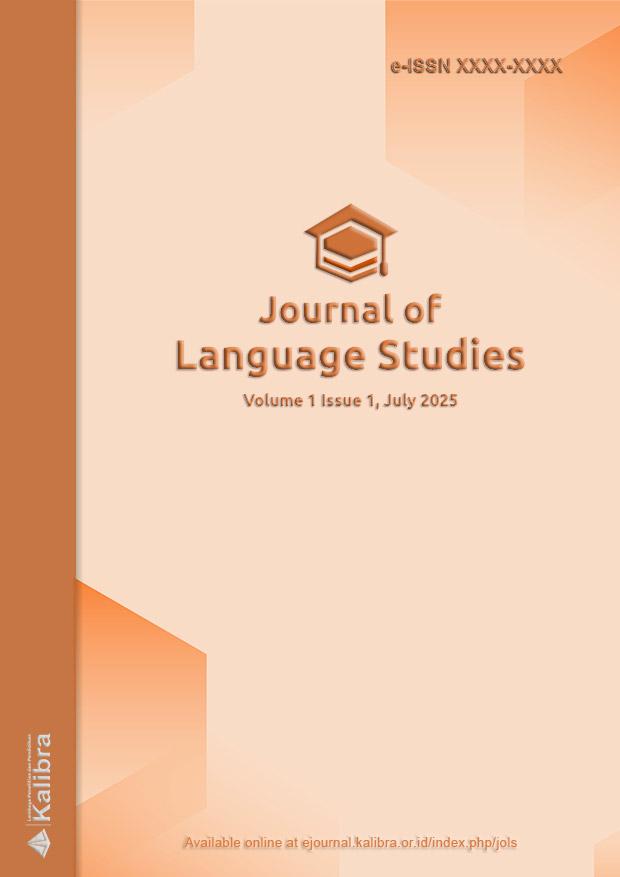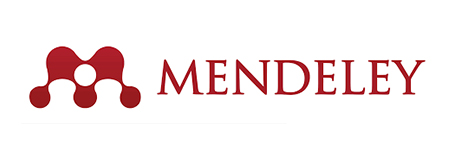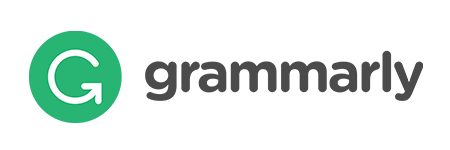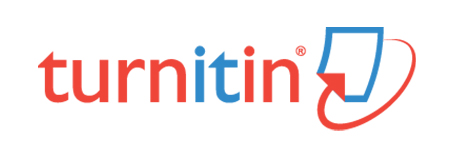Efektivitas Penggunaan Media Digital dalam Pembelajaran Bahasa Indonesia bagi Penutur Asing
Keywords:
sociolinguistics, language learning, social context, secondary school, communicative competenceAbstract
The rapid advancement of digital technology has transformed the landscape of language education, including the teaching of Indonesian as a Foreign Language (BIPA). This study explores the effectiveness of digital media in facilitating the acquisition of the Indonesian language by foreign learners. The purpose of this research is to investigate how digital platforms—such as learning management systems, mobile applications, video conferencing tools, and interactive content—enhance the linguistic and communicative competence of BIPA students. A descriptive qualitative method was employed, using literature review as the main approach to synthesize findings from previous studies. Data were collected from scholarly articles, academic books, and reports relevant to the topic. The findings indicate that the use of digital media significantly improves student engagement, motivation, and understanding of linguistic structures and sociocultural contexts. Moreover, digital tools allow for more personalized learning experiences and real-time interaction with native speakers. However, the study also identifies challenges such as digital literacy gaps, infrastructure limitations, and the risk of cultural disconnection. In conclusion, digital media, when effectively integrated, can serve as a powerful means to enhance BIPA instruction, provided it is supported by pedagogical strategies and adequate teacher training.
Downloads
References
Anggeraini, Y. (2020). Language teaching in the digital age: Teachers’ views and its challenges. Research and Innovation in Language Learning, 3(3), 163-172.
Aryawan, F. N., Pamungkas, A. H., & Sonhadji, A. (2017). Impacts of BIPA teaching policy on capacity building of course and training system. Journal of Nonformal Education, 3(2), 164-178.
Elsner, D., & Viebrock, B. (2013). Developing multiliteracies in the 21st century: Motives for new approaches of teaching and learning foreign languages. Film, Graphic Novels & Visuals. Developing Mulitliteracies in Foreign Language Education–An Interdisciplinary Approach, 17-32.
Hastomo, T., & Marcela, E. D. (2021). Video conferences in teaching EFL: A case study of using Zoom. Lentera: Jurnal Ilmiah Kependidikan, 14(1), 125-132.
Lestiyani, A. P., & Riansi, E. S. (2024). Innovation in Learning Indonesian Language and Literature in the Digital Era: A Technological and Skills-Based Approach. International Proceedings of Nusantara Raya, 3(1), 538-545.
Miles, M. B., & Huberman, A. M. (1994). Qualitative Data Analysis: An Expanded Sourcebook (2nd ed.). Sage Publications.
Nuryatin, A., Rokhmansyah, A., Hawa, A. M., Rahmayanti, I., & Nugroho, B. A. (2023). Google classroom as an online learning media for Indonesian language learning during covid-19 pandemic. Journal of Language Teaching and Research, 14(1), 255-262.
Priyatno, A. (2017). Promoting learner autonomy through Schoology m-learning platform in an EAP class at an Indonesian university. Teaching English with Technology, 17(2), 55-76.
Scarlat, C., Stănciulescu, G. D., & Panduru, D. A. (2022). COVID-19 pandemic as accelerator: opportunity for digital acceleration. Journal of Internet and e-Business Studies, 2022, 1-14.
Vygotsky, L. S. (1978). Mind in Society: The Development of Higher Psychological Processes. Harvard University Press.
Downloads
Published
How to Cite
Issue
Section
License
Copyright (c) 2025 Junhari Ariandi

This work is licensed under a Creative Commons Attribution-ShareAlike 4.0 International License.








